Patrick Ruch
Named entity recognition in chemical patents using ensemble of contextual language models
Jul 24, 2020
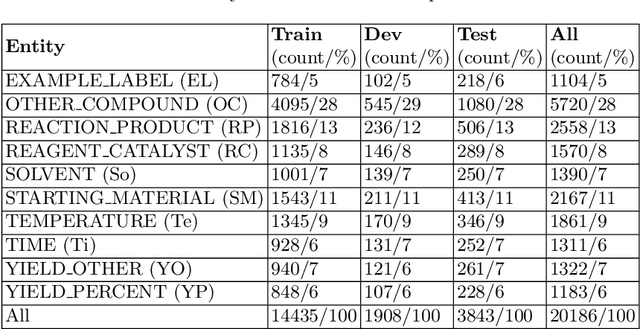

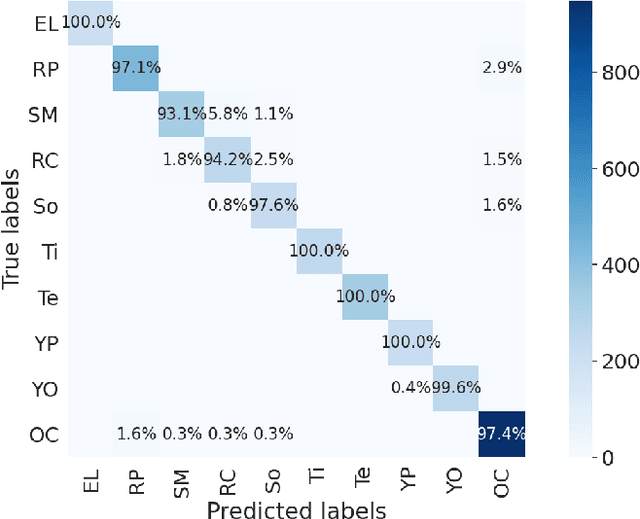
Abstract:Chemical patent documents describe a broad range of applications holding key information, such as chemical compounds, reactions, and specific properties. However, the key information should be enabled to be utilized in downstream tasks. Text mining provides means to extract relevant information from chemical patents through information extraction techniques. As part of the Information Extraction task of the Cheminformatics Elseiver Melbourne University challenge, in this work we study the effectiveness of contextualized language models to extract reaction information in chemical patents. We compare transformer architectures trained on a generic corpus with models specialised in chemistry patents, and propose a new model based on the combination of existing architectures. Our best model, based on the ensemble approach, achieves an exact F1-score of 92.30% and a relaxed F1 -score of 96.24%. We show that the ensemble of contextualized language models provides an effective method to extract information from chemical patents. As a next step, we will investigate the effect of transformer language models pre-trained in chemical patents.
An argumentative annotation schema for meeting discussions
Oct 25, 2004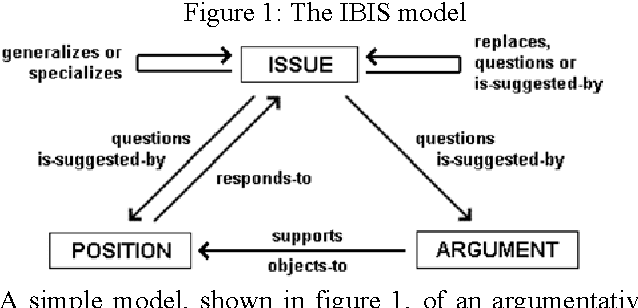
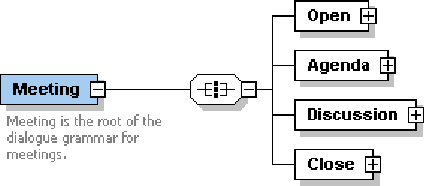
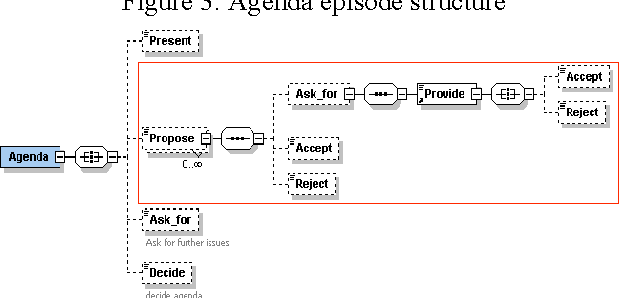
Abstract:In this article, we are interested in the annotation of transcriptions of human-human dialogue taken from meeting records. We first propose a meeting content model where conversational acts are interpreted with respect to their argumentative force and their role in building the argumentative structure of the meeting discussion. Argumentation in dialogue describes the way participants take part in the discussion and argue their standpoints. Then, we propose an annotation scheme based on such an argumentative dialogue model as well as the evaluation of its adequacy. The obtained higher-level semantic annotations are exploited in the conceptual indexing of the information contained in meeting discussions.
* 4 pages
 Add to Chrome
Add to Chrome Add to Firefox
Add to Firefox Add to Edge
Add to Edge